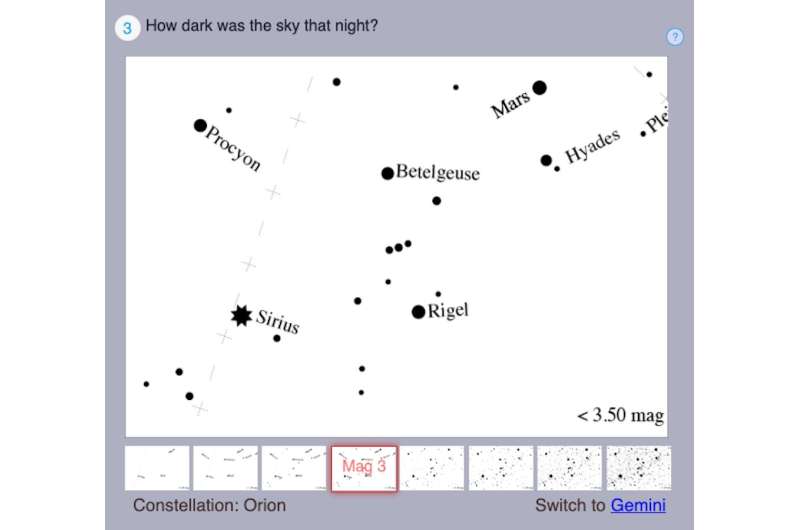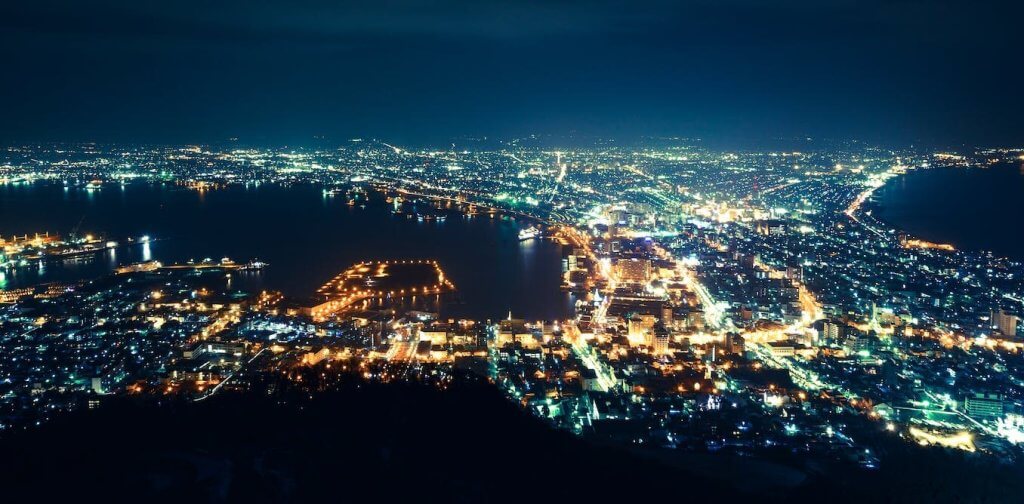
The Globe at Night team launched the report page as an online app in 2011, just at the beginning of widespread adoption of LEDs. In the recent paper, the team filtered out data points taken during twilight, when the Moon was out, when it was cloudy or when the data was unreliable for any other reason. This left around 51,000 data points, mostly taken in North America and Europe.
The data shows that the night sky got, on average, 9.6% brighter every year. For many people, the night sky today is twice as bright as it was eight years ago. The brighter the sky, the fewer stars you can see.
If this trend continues, a child born today in a place where 250 stars are visible now would only be able to see 100 stars on their 18th birthday.
Causes, impacts and solutions
The main culprits driving increasing brightness of the night sky are urbanization and the growing use of LEDs for outdoor lighting.

